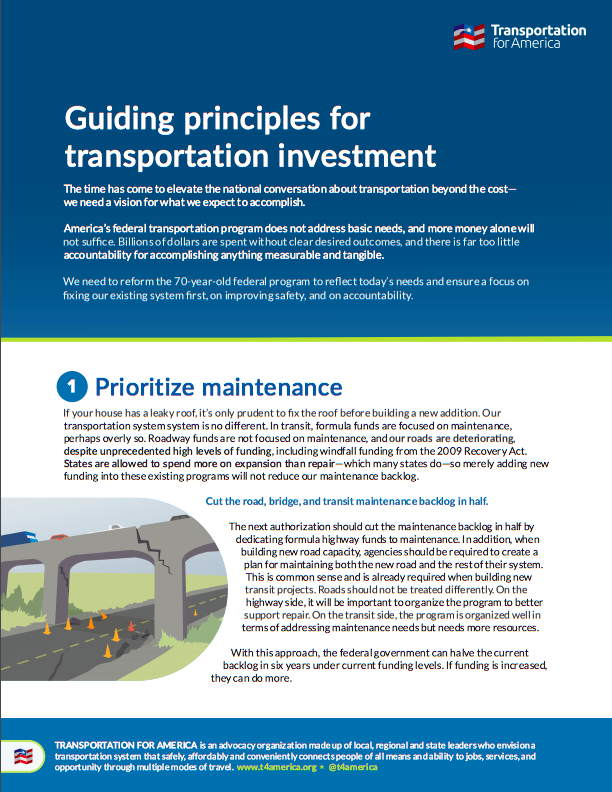SOTU: President cites structurally deficient bridges in calling for “Fix It First” program
It did our hearts good to hear the President talk about creating a Fix-it-First program (where have we heard that before?) that will focus on the health of our infrastructure, such as the 70,000 structurally deficient bridges. As we’ve noted, there are more such bridges scattered around the country than there are McDonald’s, nearly one […]
Congestion rankings make news, but what do they really mean? Very little for most residents
The Texas Transportation Institute always garners a flurry of headlines with the release of the annual Urban Mobility Report and its Travel Time Index (TTI), which purports to rank metro areas by congestion. Oft-cited and interesting though they may be, however, the rankings don’t really say much about the lives of the people who live in those places.
Rethinking the gas tax: Suddenly it’s the theme of 2013
 Is the per-gallon gas tax going the way of the full-service filling station? To look at the flurry of proposals coming out lately, you might think so. Since the start of the year, major new proposals from industry leaders, governors and state legislatures have sparked a new debate over the ways we collect revenue collection for transportation — at the federal, state and local levels. Industry groups have proposed creative ways to essentially raise the gas tax. At the same time, 2013 already has seen several ambitious proposals for funding transportation outside of the excise tax on gas.
Is the per-gallon gas tax going the way of the full-service filling station? To look at the flurry of proposals coming out lately, you might think so. Since the start of the year, major new proposals from industry leaders, governors and state legislatures have sparked a new debate over the ways we collect revenue collection for transportation — at the federal, state and local levels. Industry groups have proposed creative ways to essentially raise the gas tax. At the same time, 2013 already has seen several ambitious proposals for funding transportation outside of the excise tax on gas.
US Transportation Secretary departs, leaving a legacy of memorable initiatives
The news many had suspected was confirmed to be true this morning in a blog post from Secretary LaHood himself — the Transportation Secretary is planning to step aside for President Obama’s second term.
Pennsylvania Governor proposes a change to fuel taxes to help close the gas tax gap
On Thursday, Pennsylvania Governor Tom Corbett will release his long awaited proposal for remedying the Keystone state’s daunting transportation funding and policy difficulties. Leaks from several key legislative staffers indicate that his plan will propose a new source of transportation revenue that doesn’t violate his pledge to never increase taxes.
Sandy relief bill will provide billions for repairing and improving transportation systems
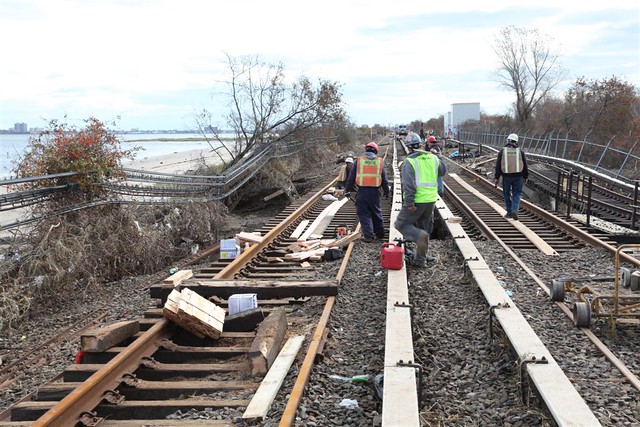 The Sandy relief bill on the cusp of final passage will provide billions for cleanup and more than $12 billion for transportation — including an unprecedented step toward making transportation networks around the northeast and NYC more resilient in the face of climate change, more frequent and unpredictable storms, and rising water levels.
The Sandy relief bill on the cusp of final passage will provide billions for cleanup and more than $12 billion for transportation — including an unprecedented step toward making transportation networks around the northeast and NYC more resilient in the face of climate change, more frequent and unpredictable storms, and rising water levels.
From state to town, Michigan takes strong steps toward a better transportation future
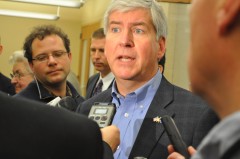 Perhaps no place illustrates the national positive trends in transportation at the ballot box (and state legislatures) better than Michigan, where citizens voted to raise taxes for transportation investments in cities and counties across the state, at least one anti-transit elected official was ousted, a Republican governor led the charge for regional transit investment in the state’s biggest metro and when given a chance to bail in the name of “cost savings,” voters doubled down on their existing transit systems.
Perhaps no place illustrates the national positive trends in transportation at the ballot box (and state legislatures) better than Michigan, where citizens voted to raise taxes for transportation investments in cities and counties across the state, at least one anti-transit elected official was ousted, a Republican governor led the charge for regional transit investment in the state’s biggest metro and when given a chance to bail in the name of “cost savings,” voters doubled down on their existing transit systems.
T4 America releases new guide to implementing MAP-21
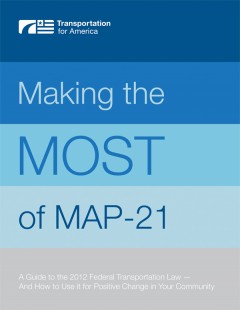 A new easy-to-follow handbook, Making the Most of MAP-21: A Guide to the 2012 Federal Transportation Law — And How to Use it for Positive Change in Your Community, features both narrative chapters and two-page explainers on the key features of the new program, from the consolidated highway program to the new transportation alternatives, as well as new financing options.
A new easy-to-follow handbook, Making the Most of MAP-21: A Guide to the 2012 Federal Transportation Law — And How to Use it for Positive Change in Your Community, features both narrative chapters and two-page explainers on the key features of the new program, from the consolidated highway program to the new transportation alternatives, as well as new financing options.
What the 2012 elections mean for the federal transportation picture
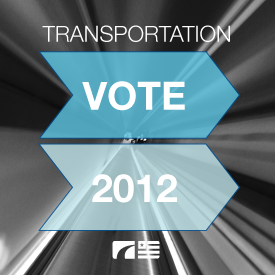 Though some pieces have fallen into place – including a decision on who will lead the House’s key transportation committee for the next two years — the 2012 election still leaves a number of key questions hanging in the balance. We’ve looked at a few local transportation ballot measures, but what will the impact be on transportation at the federal level as a result of the 2012 elections?
Though some pieces have fallen into place – including a decision on who will lead the House’s key transportation committee for the next two years — the 2012 election still leaves a number of key questions hanging in the balance. We’ve looked at a few local transportation ballot measures, but what will the impact be on transportation at the federal level as a result of the 2012 elections?
A stirring persuasion for deciding to vote for transit: seeing it built next door
 One of the most powerful avenues for persuading a skeptical community to invest in transit is to see it successfully implemented nearby — whether in the community or neighborhood right next door, or a city and region a few hours away. This trend is illustrated in two of this year’s Transportation Vote 2012 ballot measures through two very different stories in Virginia and North Carolina.
One of the most powerful avenues for persuading a skeptical community to invest in transit is to see it successfully implemented nearby — whether in the community or neighborhood right next door, or a city and region a few hours away. This trend is illustrated in two of this year’s Transportation Vote 2012 ballot measures through two very different stories in Virginia and North Carolina.





